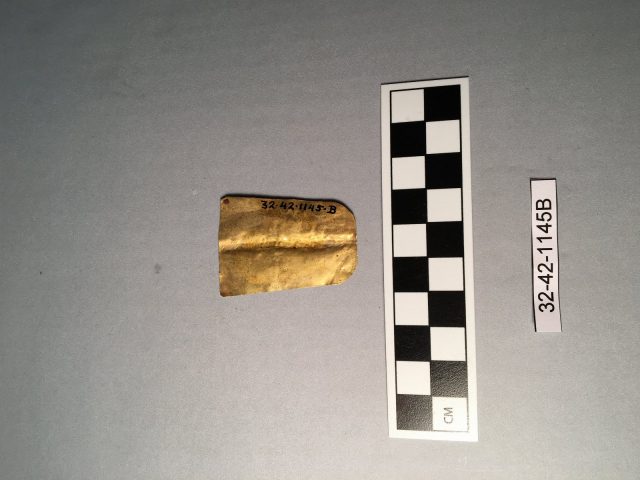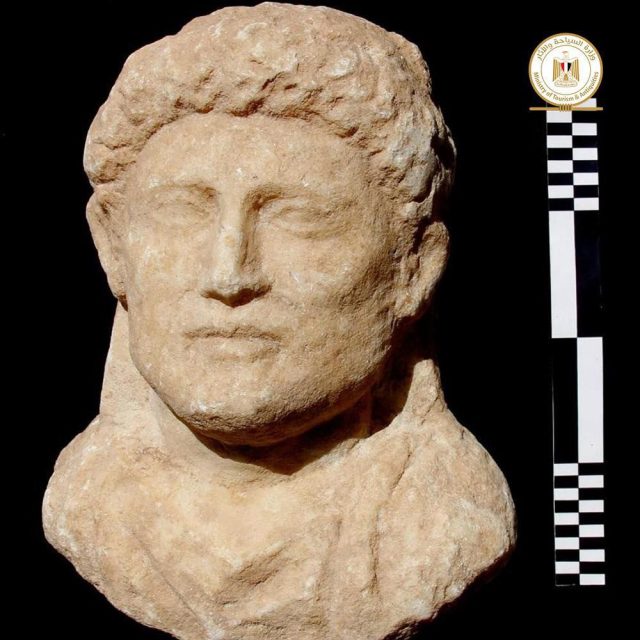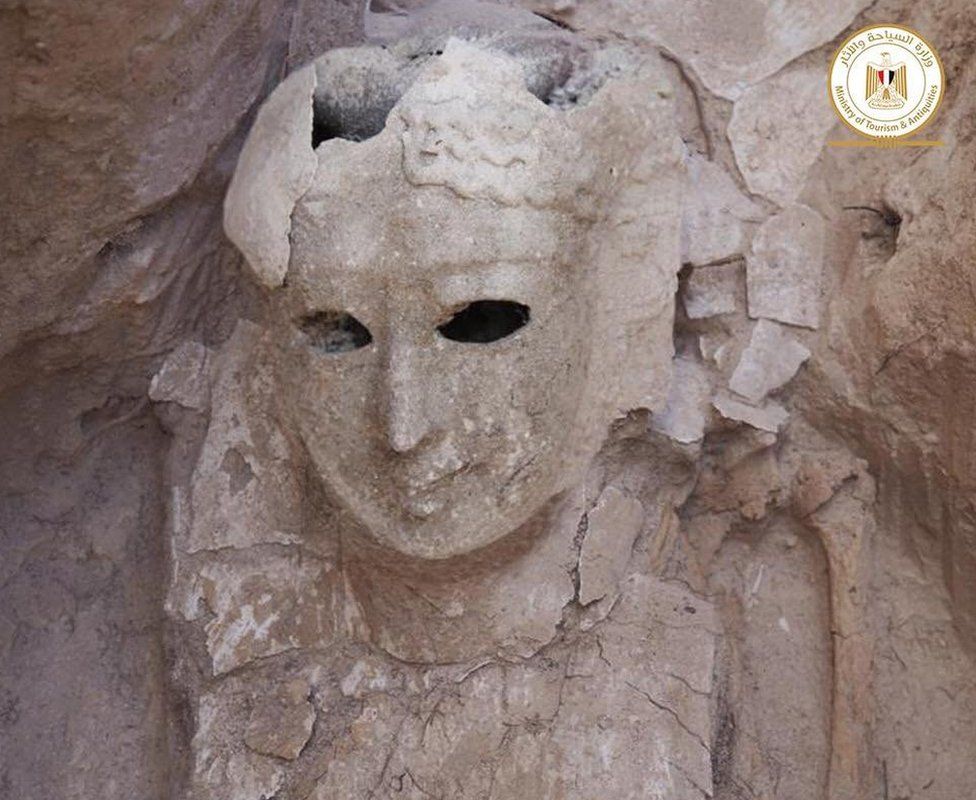Why do these Egyptian mummies have gold tongues? It’s an intriguing question that has got excavators’ tongues wagging over at Taposiris Magna in Western Alexandria.
The ancient city hosts a temple that’s been explored over the past decade by a group made up of experts from Egypt and the Dominican Republic.
Archaeologist Dr Kathleen Martinez from the University of Santo Domingo and colleagues found 16 mummies.
They are approx 2,000 years old and probably date to the Greco-Roman period (332 BC – 395 AD). The type of crypt, cut from rock, was a feature back then. Ptolemy IV was ruler when the temple was constructed.
The mummies were entombed in what’s thought to be an elite burial, according to The New York Times. However the condition of the bodies is far from special, with the ravages of time all too apparent.

Yet something glitters among the deterioration. The group got a surprise when they peeked inside the mummies’ mouths. BBC News reports that “gold foil amulets shaped like tongues” had been inserted.
The idea of a silver-tongued person is well known. What would someone need a gold one for?
Dr Lorelei H Corcoran is director of the Institute of Egyptian Art and Archaeology (University of Memphis). For her the move refers to Spell 158 of the Book of the Dead, which as she says to the Times “ensures that the deceased has the ability to breathe and speak, as well as to eat and drink, in the afterlife”.
Who might a dead Egyptian be speaking to? None other than the god Osiris, whose roles include judge of the recently departed. That’s backed up by depictions of Osiris on the cartonnage, or gilded casings of plaster, linen and glue writes the BBC.

Was the expensive organ some kind of ancient communication aid? “The team is unsure whether the mummy had a speech impediment in life” writes Smithsonian Magazine, referring to coverage in Live Science. Dr Martinez’s group also query why the tongue is made out of gold in the first place.
It’s certainly a prestigious metal for any occasion. The Times notes that as well as being used on funereal masks, it “had also been molded to encase the fingers and toes of the dead.”
Also quoted is Dr Jennifer Houser Wegner, artifact curator at the Penn Museum, Philadelphia. This isn’t the first gold tongue to be found. Examples of them are in her collection. She states that gold as a material had “qualities of everlastingness” that greatly appealed in the Land of the Pharaohs.
Other cartonnage in the tombs, as noted by BBC News, bear the images of a crown, a cobra and in one instance a falcon’s head, representing the god Horus. Meanwhile Smithsonian Magazine reports that scrolls were buried with the mummies.

Egypt’s Ministry of Tourism and Antiquity released a statement about this latest discovery. Director General Dr Khaled Abo El Hamd mentions the Taposiris Magna temple has yielded numerous exciting finds.
Among the treasures are “a funeral mask for a woman, eight golden flakes representing the leaves of a golden wreath, and eight masks of marble dating back to the Greek and Roman eras”. The masks show a level of “high craftsmanship”.
Dr Kathleen Martinez’s aim is to track down the tomb of Ancient Egyptian legend Cleopatra. Coins with her face have been recovered from the temple.
The past 10 years have proved highly fruitful for the team, fleshing out what for historians is a grey area of ancient history.
With the pandemic clamping down on travel, things looked bad for the Egyptian tourism industry. Remarkably, 2020 was a strong year for finds.
Another Article From Us: The Greatest Archeological Looter Has Finally Been Caught
The Saqqara Tomb near Cairo had a Netflix series made about it. Egyptian authorities have also staged dramatic openings of sarcophagi before the world’s press. 2 of the gold tongues are currently under investigation. Will the valuable items find their voice and speak of ancient secrets…?
